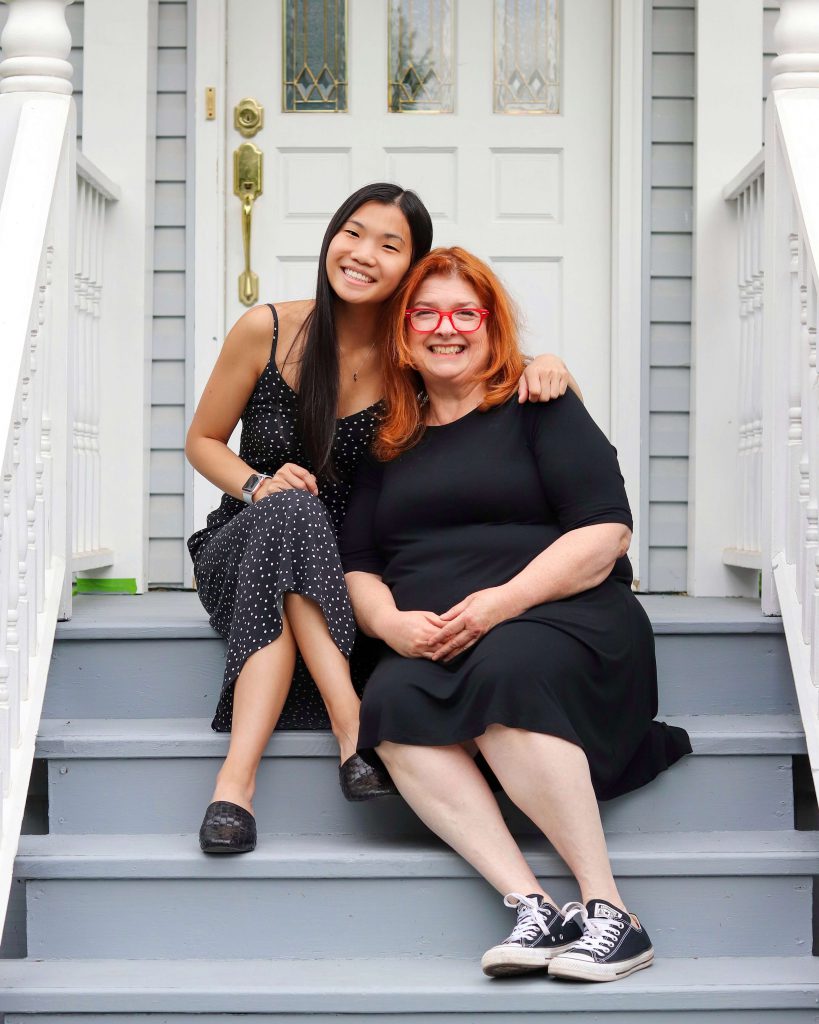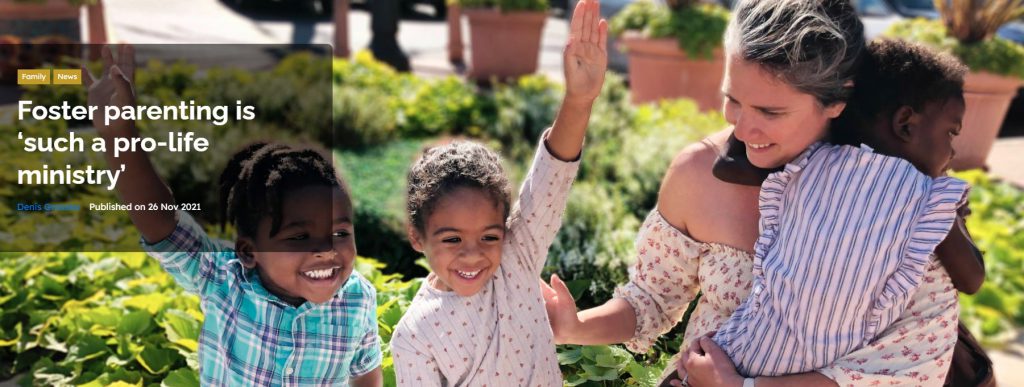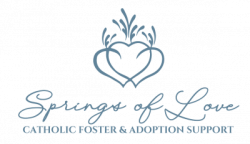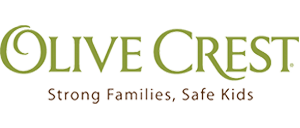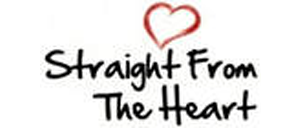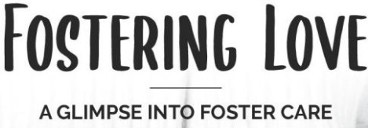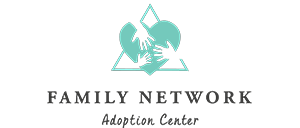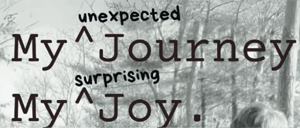Families take many forms but the hope for all is that they are rooted in love and can provide a safe & stable environment for children. All the different kinds of families listed below open their hearts and homes in order to support a child or children, sometimes when they are needed the most.
Basic Definitions:
Foster family: A child becomes part of the foster care system when it has been determined that they are in an unsafe or neglectful environment. Placement of a foster child is done through a state or social service agency. In foster care, the child’s legal guardian (typically) maintains all parental rights for the child. Although these rights are managed by the state, they remain intact unless the child is placed for adoption. Placement with a foster family is considered temporary.
Adoptive family: Adoption is a legal process where full custody and rights are granted to the adoptive parents. Care for the child is entirely the responsibility of the adoptive parent or parents and is considered permanent. Adoptive parents may adopt children out of the fostercare system when parental rights are terminated. They may also adopt children from agencies that work both domestically and internationally to find children in need of stable homes.
Biological families: As the name suggests, biological families are ones in which the child or children is born into the family. Many foster families remain in close contact with biological parents.
Kinship families: These are families where children are living away from biological parents but with family members (grandparents, aunts, uncles, etc.) or close family friends. Kinship families may function temporarily or could lead to a long-term solution such as adoption.
Safe families: These families provide temporary homes for children in danger of entering the foster care system. This “early intervention” is intended to provide assistance who struggle with limited social support or lack extended family.

